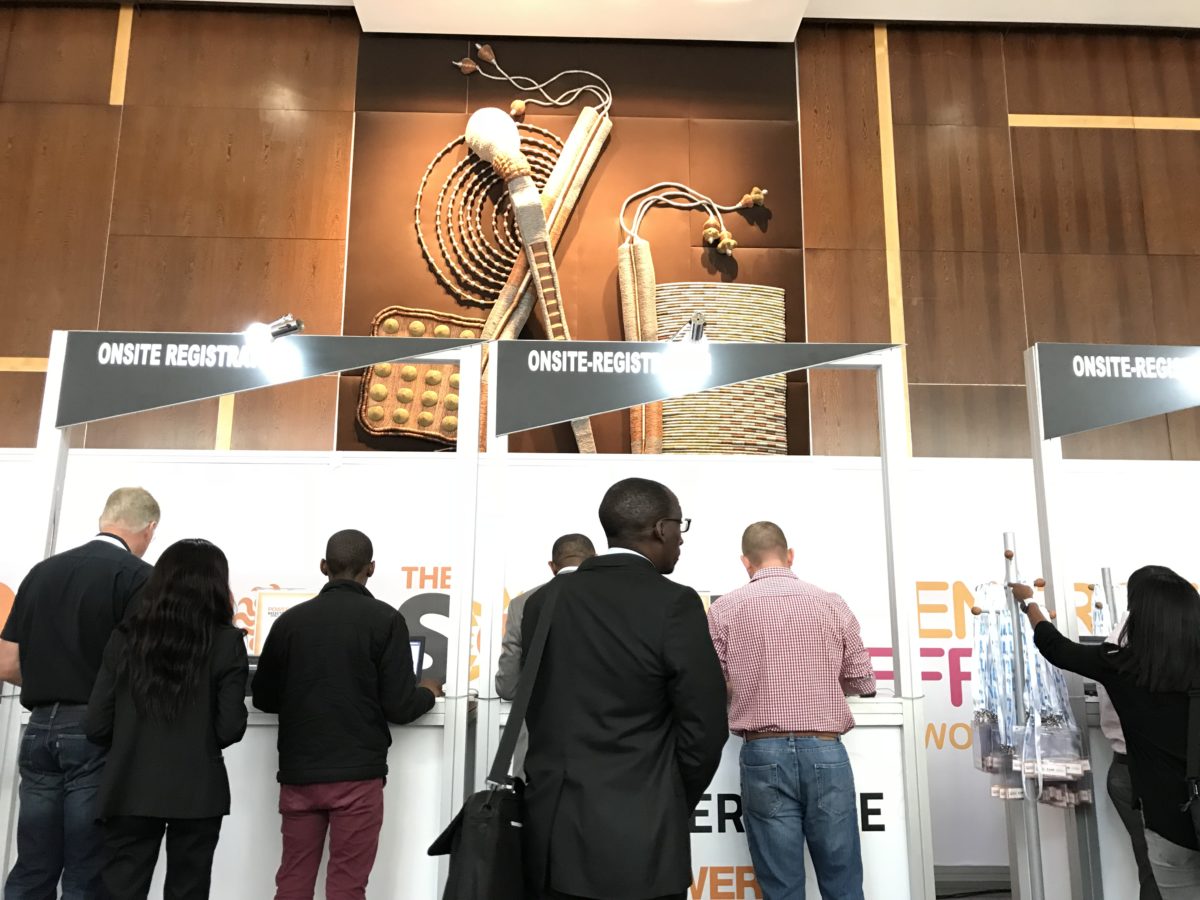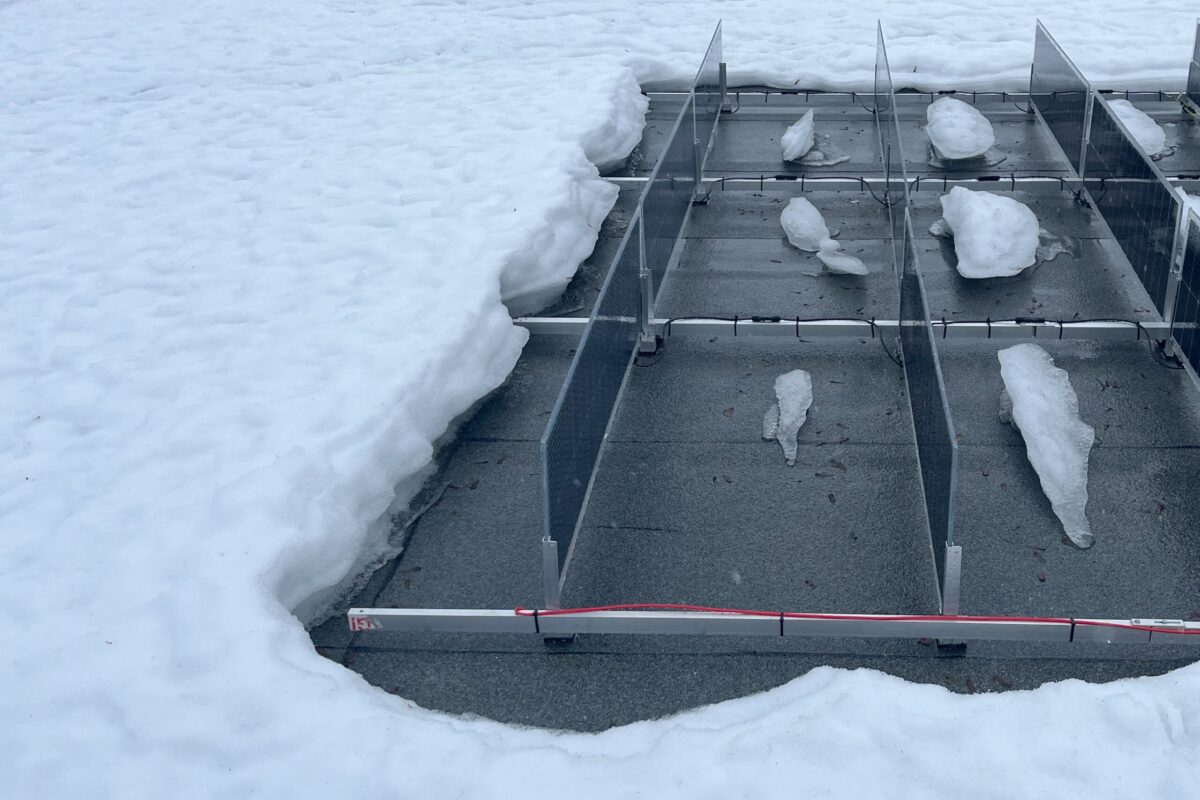The Solar Show Africa, co-located with the Power & Electricity World Africa 2018, has established itself as the largest solar trade show in Africa, with 72%, or over 40, African countries represented.
In his opening speech at this year’s event, held on March 27 and 28 in Johannesburg, South Africa, the country’s Minister of Energy, Jeff Radebe, highlighted how private sector support is crucial for the deployment of solar projects in the region.
The government, he said, is placing priority on the provision of regulatory certainty for long-term investments, which are largely being secured by foreign companies.
He did not make mention of South Africa’s ongoing power purchase agreement (PPA) saga, however, which took another twist on March 13, when an “urgent court interdict” was brought to the Gauteng North High Court in Pretoria by two coal unions.
After review, the court ruled in favor of renewables a day after the Solar Show Africa event closed its doors, on Thursday, March 29, however, meaning the utility-scale sector should now be able to move on, after three years of waiting.
Major bottleneck
Overall, financing remains the major bottleneck for the industry in both South Africa and the region, with the question of how to secure affordable investment in a rather uncertain environment remaining a key challenge for most companies.
Looking to the commercial and industrial (C&I) sector, 150 MW will be installed in South Africa this year, which reflects a steady growth of approximately 10% per year.
The country’s residential solar PV market, on the other hand, remains small, as it is not allowed to feed energy into the grid. Nevertheless, electricity prices are constantly increasing, prompting companies like Fronius or Solarlog to offer technical solutions to enable those installations.
Currently, renewable energy in South Africa remains in the background, at only 1%, while coal comprises the lion’s share of the 50 GW of energy produced in the country annually. The outlook is not better elsewhere in the region.
More than 600 million people in sub Saharan Africa currently have no access to electricity. The further development of renewables on the continent is key in helping to fight against energy poverty, and resolve education issues.
High quality, off-grid
Overall, the general consensus on the show floor was that business in Africa is increasing, and there is a positive outlook and strong confidence in the further development of solar PV installations on the continent.
Global exhibitors offered a range of C&I and off-grid applications. Most of the off-grid solutions showcased came from Europe or the U.S., with brands focusing on high quality, long-term PV solutions.
Rubicon, the largest local distributor of PV products and distributor of Tesla storage solutions is following the strategy of only offering high quality mini-grid solutions. Greg Blandford, director, Renewable Energy, Rubicon, said he plans to install e-mobility chargers with most mini-grid installations.
It is key to supply the South African market with complete solutions and not only products, Kaco MD, Christoph Heinermann, added.
This content is protected by copyright and may not be reused. If you want to cooperate with us and would like to reuse some of our content, please contact: editors@pv-magazine.com.



1 comment
By submitting this form you agree to pv magazine using your data for the purposes of publishing your comment.
Your personal data will only be disclosed or otherwise transmitted to third parties for the purposes of spam filtering or if this is necessary for technical maintenance of the website. Any other transfer to third parties will not take place unless this is justified on the basis of applicable data protection regulations or if pv magazine is legally obliged to do so.
You may revoke this consent at any time with effect for the future, in which case your personal data will be deleted immediately. Otherwise, your data will be deleted if pv magazine has processed your request or the purpose of data storage is fulfilled.
Further information on data privacy can be found in our Data Protection Policy.